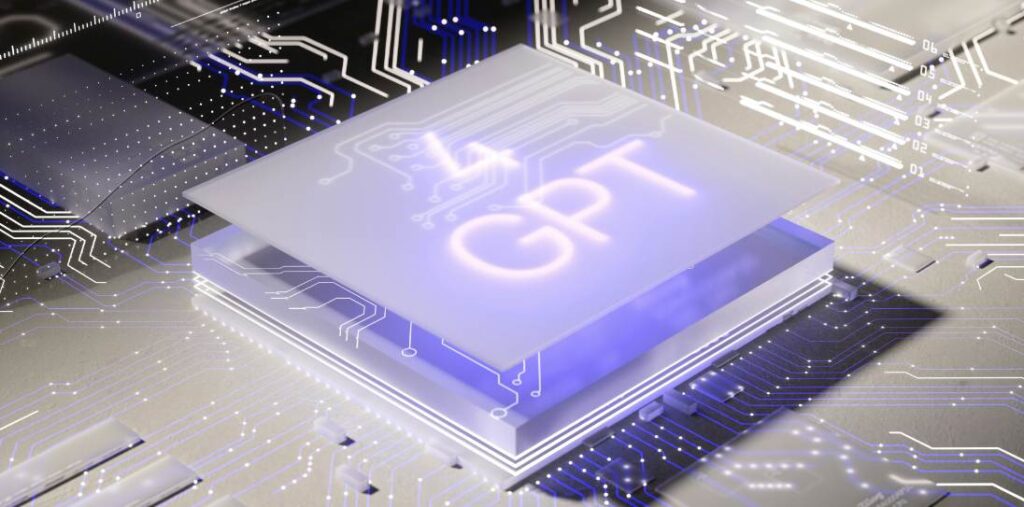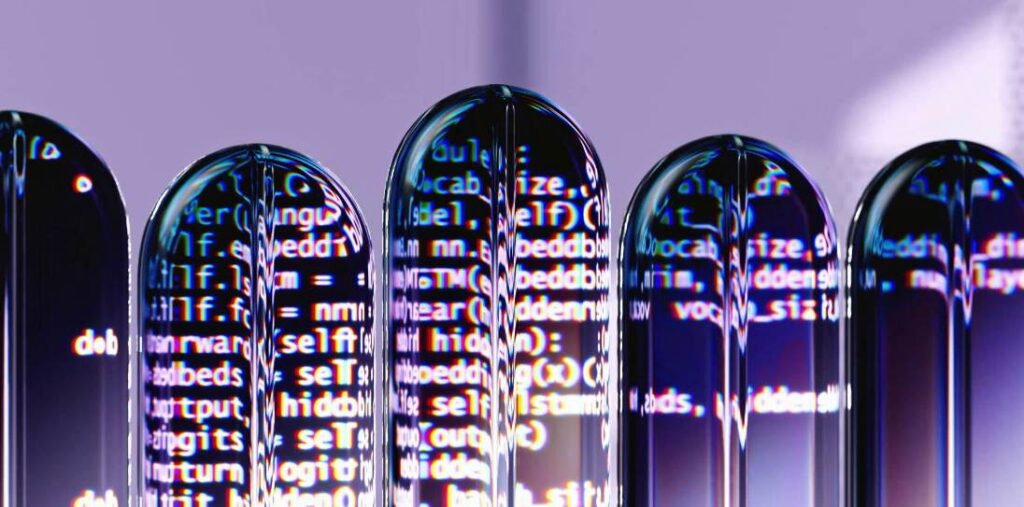Artificial Intelligence (AI) has witnessed unprecedented growth and transformation over the past year, with numerous advancements in large models, innovative technologies, and powerful tools designed to enhance various industries. This article outlines some of the most notable developments in AI, particularly focusing on new models, technologies, and products that have emerged as key players in the field.
**1. Advancements in AI Large Models**
Large AI models have become a focal point for many research initiatives, with organizations striving to create systems that can process vast amounts of data and generate actionable insights.
One noteworthy example is OpenAI’s newest iteration of the GPT (Generative Pre-trained Transformer) family, known as GPT-4. This model surpasses its predecessors in both understanding and generating human-like text. Upgraded features include improved comprehension of context, better handling of ambiguous prompts, and enhanced creativity in generating storytelling and content. Researchers have reported a marked decrease in problematic outputs, which has been a significant concern in earlier models (OpenAI, 2023).
Another significant development comes from Google DeepMind’s lauded model, Gemini, which has introduced hybrid capabilities by merging language processing and image recognition, producing highly accurate descriptions of visual content while also generating text. This dual functionality opens new avenues for applications in creative industries such as advertising, content creation, and interactive education (DeepMind, 2023).
**2. Cutting-Edge AI Technologies**
Various cutting-edge technologies have emerged, facilitating more intuitive interactions between humans and machines. Natural Language Processing (NLP) has greatly improved, fostering a more seamless experience in conversational agents. Voice assistants and chatbots are becoming increasingly adept at understanding nuanced queries, generating coherent responses, and even holding multi-turn conversations.
Developments in AI-driven computer vision are also remarkable. Companies like NVIDIA have unveiled new frameworks that enable real-time map updates using AI processing. This technology leverages deep learning algorithms to analyze road and environmental data, thereby enhancing navigation systems. Autonomous vehicles benefit from this cutting-edge tech, receiving accurate and timely information that is pivotal for safe operation (NVIDIA, 2023).
**3. Innovative AI Products**
Among the latest innovative products arising in the AI space, ProcessMaker stands out. This process automation tool seamlessly integrates AI capabilities to optimize workflows across a range of industries including healthcare, finance, and manufacturing. Recently, ProcessMaker has integrated advanced AI functionalities that allow users to automate repeatable processes with minimal manual oversight. Moreover, upgraded features enable real-time analytics to identify bottlenecks in processes. As a result, businesses can improve their efficiency and achieve faster turnaround times (ProcessMaker, 2023).
Furthermore, a slew of AI-driven software solutions has been launched aimed at enhancing creative output. These products utilize deep learning algorithms to assist artists and designers, producing unique artwork based on specified styles or elements. Adobe, for example, has introduced a suite of AI tools within Adobe Creative Cloud, such as Adobe Firefly, which generates images and animations from text prompts, streamlining the creative process. This integration allows artists to focus more on ideation and less on rudimentary tasks (Adobe, 2023).
**4. Tools Recently Released**
New AI tools have provided an array of functionalities that reflect the latest advancements in the field. Notable among these is Microsoft’s Copilot, an AI writing assistant designed specifically to enhance productivity in writing and coding. Integrated deeply with Microsoft 365 products, Copilot helps users draft emails, create presentations, and analyze data, drawing upon the large datasets learned from previous interactions. Users report that Copilot not only saves time but also enhances the quality of their outputs (Microsoft, 2023).
Moreover, the recent introduction of “AI in the Loop,” a tool developed by IBM, focuses on incorporating human feedback to refine AI models continually. This innovation allows organizations to leverage crowdsourced input to enhance their algorithms and reduce biases over time. It highlights a shift towards collaboration between humans and AI, allowing for enhanced decision-making processes in a myriad of industries, particularly healthcare and finance (IBM, 2023).
**5. Applications Across Various Industries**
AI is making significant inroads across numerous sectors. In healthcare, AI is increasingly employed to analyze vast datasets for diagnostics, assist with predictive analytics, and even guide treatment decisions. Companies are employing machine learning algorithms to identify patterns in medical records, which can lead to early detection of diseases.
In finance, AI-driven algorithms manage trading and risk assessment with superior accuracy, thus aiding financial institutions in making informed decisions. Additionally, fraud detection has become increasingly effective, leveraging AI to identify unusual patterns that could signify fraudulent activity (Forbes, 2023).
In the realm of retail, AI solutions empower businesses with better customer insights through data analysis, allowing for improved inventory management and personalized marketing strategies. AI-driven recommendation systems are enhancing customer experiences, driving sales, and increasing brand loyalty by providing customers with tailored suggestions based on browsing history (Statista, 2023).
**6. Advancements in Robotics**
Simultaneously, the developments in AI are making waves in the field of robotics as well. Robotics engineering is being transformed by integrating AI algorithms that allow machines to learn and adapt to various environments through trial and error. Noteworthy advancements include autonomous drones capable of performing delivery tasks in urban settings, leveraging AI for navigation and obstacle avoidance.
Moreover, collaborative robots or cobots are increasingly becoming part of the workforce in manufacturing, assisting human workers while improving efficiency and productivity. With real-time sensory data integrated with AI algorithms, cobots can now adjust their actions dynamically, ensuring a safer and more productive workspace (Robotics Business Review, 2023).
**Conclusion**
The progress made in artificial intelligence is nothing short of remarkable. From advancements in large models like GPT-4 and Gemini to the innovative applications of tools like ProcessMaker, AI is reshaping industries globally. The integration of AI in various sectors is not only streamlining processes but also paving the way for enhanced creativity, productivity, and efficiency.
As technologies continue to evolve, organizations must remain agile, embracing and integrating these new innovations to stay competitive and harness the potential that AI offers. The future looks bright for AI, with continuous advancements promising to unlock efficiencies and drive breakthroughs across multiple domains.
**Sources:**
– OpenAI, 2023. New features and improvements in GPT-4.
– DeepMind, 2023. Gemini: A breakthrough in hybrid AI capabilities.
– NVIDIA, 2023. Real-time map updates for autonomous vehicles.
– ProcessMaker, 2023. Enhancing business workflows with AI.
– Adobe, 2023. Creative Cloud’s integration of AI tools.
– Microsoft, 2023. Enhancing productivity with Copilot.
– IBM, 2023. AI in the Loop: Continuous learning in AI.
– Forbes, 2023. AI in finance: Revolutionizing trading and risk management.
– Statista, 2023. AI applications in the retail sector.
– Robotics Business Review, 2023. The growth of AI-driven robotics in manufacturing.



























